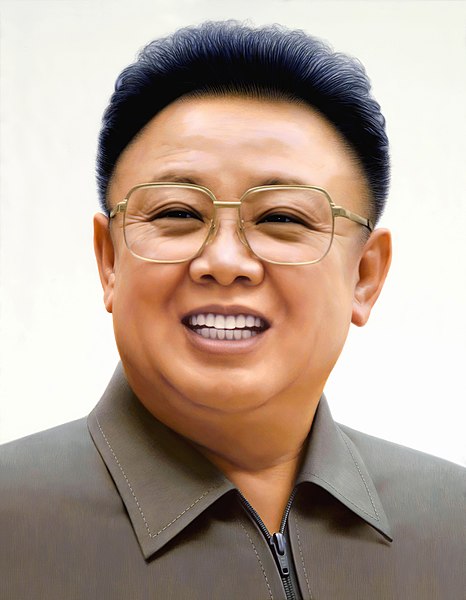This graph probably brings up a lot of questions, so I’ll clarify some of the details here.
Yes, this bar graph shows wages in figures of present-day won. It’s not specified by the graph itself, but looking at the figures you can see that these numbers do not match up with Korean wage and currency reforms. Most notably, in 2014 with the election of Kim Jong-Un there was a widespread wage reform, where wages were multiplied by a factor of 10 (and prices following suit, of course) in order to crack down on markets. We know from Minju Choson articles and the book A Capitalist In North Korea that wages during the Kim Jong-Il period were generally less than 10,000KPW a month, so the 50,000 KPW figure doesn’t match up for the years 2006-2010. Korean “inflation” (Not really inflation, because socialist countries don’t really have inflation, but whatever) doesn’t match up with these graphs, so assuming these as “inflation”-adjusted wages is a safe bet.
You can see from the bottom right that this data is based on a collection of defector testimonies. Keep in mind that defectors are generally coming from the poorest, more mountainous provinces of the DPRK such as Ryanggang and North Hamgyong. As a result, we have a bit of noise in the data we need to look at critically.
Industrial wages for Ryanggang and North Hamgyong actually aren’t significantly lower than other provinces; in fact, due to the prevalence of heavy industry and coal mining, the highest paid professions in the DPRK (excluding members of the intelligentsia), industrial wages in Chongjin might actually be higher. However, since defectors usually come from the poorest backgrounds of even these poor provinces, these wages do not accurately reflect the average wages of even these provinces, as it does not account for the high number of steelworkers and even intelligentsia in industrial hubs like Chongjin and Hamhung.
Be wary of the official/unofficial wage split as well, because as I mentioned before defectors are often from the poorest provinces of the DPRK. These provinces were the ones that were hit the hardest by the Arduous March due to their unfavorable terrain, and as a result state grain distribution systems are weakest in these areas. As a result, the poverty of these provinces along with their proximity to the Sino-Korean border leads to the black markets here being the most prevalent. Remember that Korea has a strong industry and in comparison to Cuba, where the black markets are often full of consumer goods, Korean markets are mostly food. Add this to the fact that defectors are unlikely to be working in higher-paying professions and you get an unrealistic inflation in the prevalence of unofficial earnings. Keep in mind that this data is also quite old and Kim jong-Un has been cracking down quite hard on markets.
All that being said, with the proper context this graph shows that the DPRK is in fact increasing real wages for state workers.
Be wary of the official/unofficial wage split as well, because as I mentioned before defectors are often from the poorest provinces of the DPRK. These provinces were the ones that were hit the hardest by the Arduous March due to their unfavorable terrain, and as a result state grain distribution systems are weakest in these areas. As a result, the poverty of these provinces along with their proximity to the Sino-Korean border leads to the black markets here being the most prevalent. Remember that Korea has a strong industry and in comparison to Cuba, where the black markets are often full of consumer goods, Korean markets are mostly food. Add this to the fact that defectors are unlikely to be working in higher-paying professions and you get an unrealistic inflation in the prevalence of unofficial earnings. Keep in mind that this data is also quite old and Kim jong-Un has been cracking down quite hard on markets.
glad to read this, Socialism Betrayed made quite the convincing argument that the growth of the 2nd economy played a really huge role in the collapse of the USSR
Thanks for this.
Please do ask if you have any additional questions!



